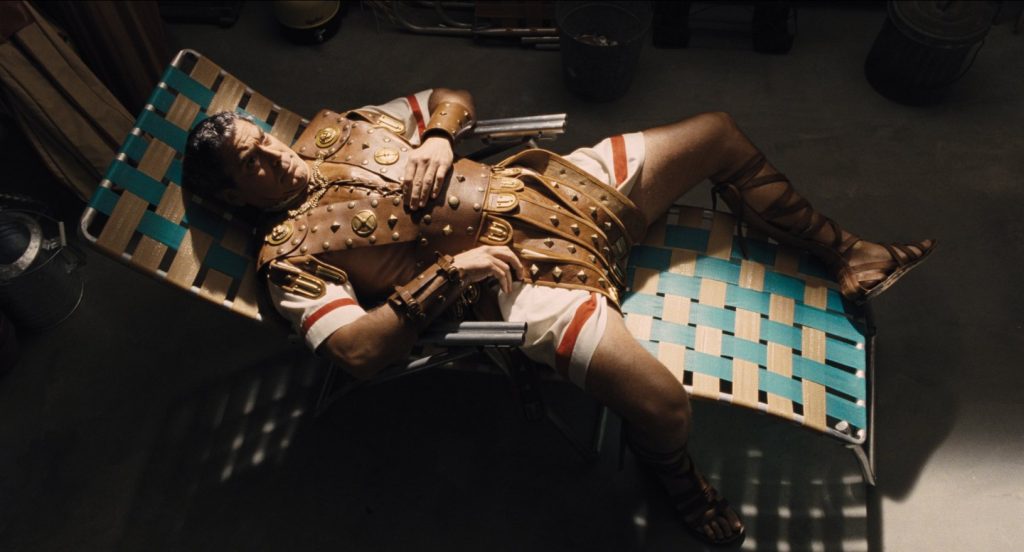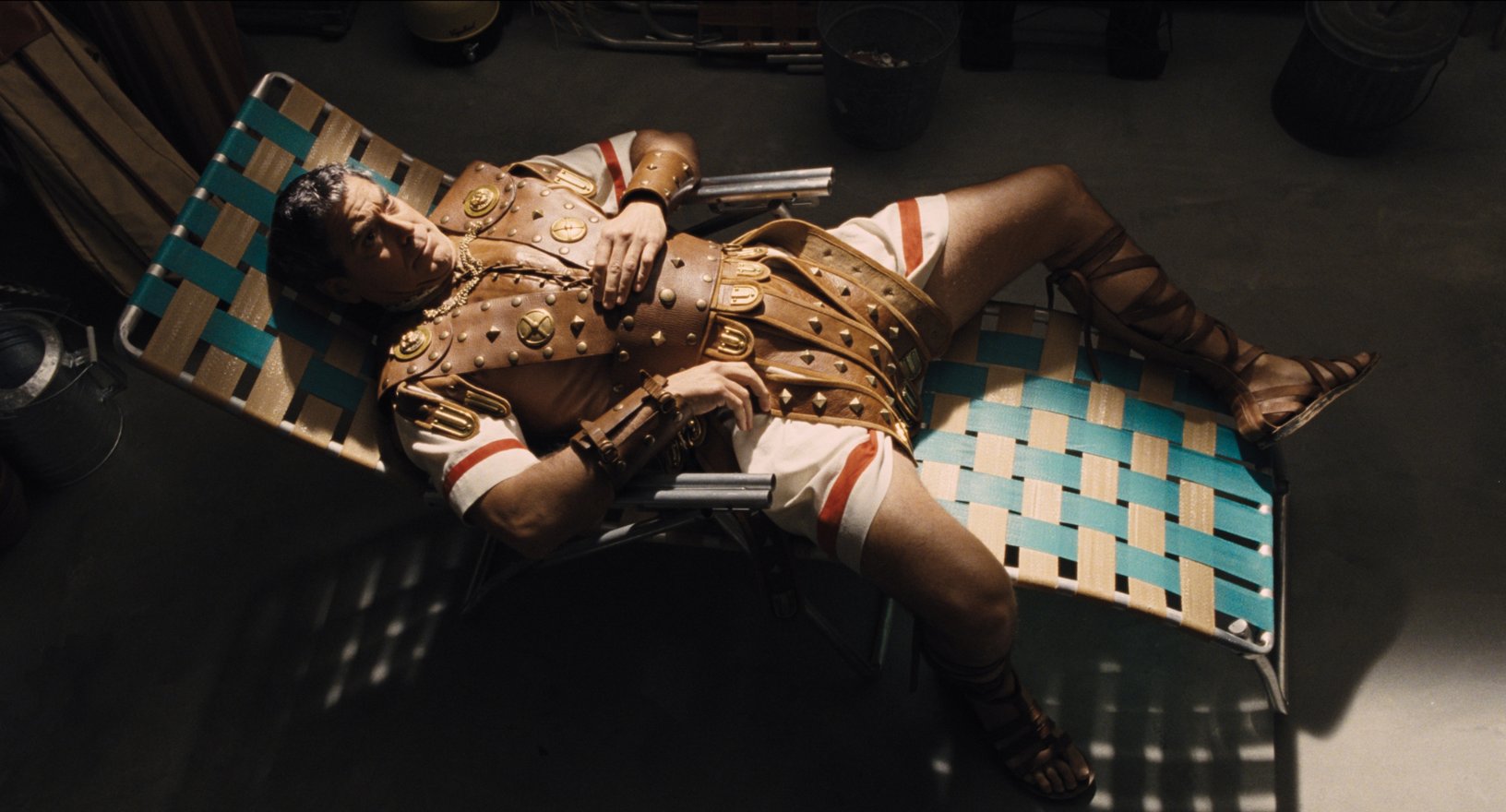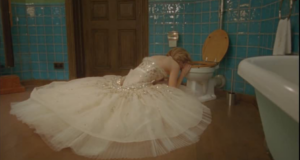The Coen Brothers have become cinematic chameleons. Over the course of their career, they have moved from the absurdly comical, The Big Lebowski, to the darkly comical, Fargo, to the simply dark, No Country For Old Men. While No Country For Old Men and 2013’s Inside Llewyn Davis were far more serious works, the norm for the duo has been a uniquely over-the-top filming style that favors eccentric characters and snappy, eminently quotable dialogue. Their latest offering, Hail, Caesar!, is a return to the absurdity that made the two memorable, even if the formula has begun to wear a little thin.
Make no mistake, Hail, Caesar! does not have any pretenses about trying to be a critical masterpiece. The story is nonsensical, difficult to follow, and does not have a conclusion. The film feels more similar to The Big Lebowski than any other Coen Brothers movie, as much of the film is composed of short vignettes tied together loosely by an overarching story (a story that, like Lebowski, involves a briefcase full of money). The digressions are aplenty: the entire subplot with Scarlett Johansson’s character is wrapped up half-heartedly by the end of the film, Ralph Fiennes’ overworked director disappears from the film, and stars like Tilda Swinton, Jonah Hill, and Frances McDormand are reduced to mere cameos.

IMDb
The central story revolves around the abduction of Baird Whitlock, a movie star playing the titular role in a Ben Hur-inspired film, Hail, Caesar!. Clooney’s performance is not quite as over-the-top as the trailers have indicated, but it is obvious that Clooney has an absolute blast with the role. The trailers marketed the film as an adventurous caper, but in reality the film feels more like a character study of one character: Eddie Mannix, played by Josh Brolin. Mannix is an all too sane film producer who tries to keep his productions afloat amidst the chaos of 1950s Hollywood.
All of the scenes in the film have some sort of connection to Mannix. He is the only character with whom the audience actually feels a connection. The film opens with him in a confessional, where he bares his soul to a priest, and after that introduction, he is forced to run off and deal with crisis after crisis. The audience gets an idea of the toll the job takes on him as the film progresses, and yet Brolin’s performance never seems too melodramatic. His character is also the only one to actually get a completed character arc in the film. The Coen Brothers wanted the film to function as a character study, and chose to make the story and other characters as scattered as they did in order to amplify Brolin’s character arc.
That is not to say that the other actors are slouches either. Every performance hits the mark, highlighted by Fiennes, who plays frustrated director Laurence Laurentz. Fiennes’ deadpan delivery of his lines make for some of the film’s funniest scenes. A particular treat is an exchange between him and an inexperienced actor, played by Alden Ehrenrich, concerning the pronunciation of a certain line of dialogue. Although this digression does not affect the main story, it provides a set up for one of the best punch lines in the movie. The cameo performers all do their part, with a great gag involving Frances McDormand and a projector being a highlight. Channing Tatum also delivers the most unusual performance of his career as actor Burt Gurney. To say any more would be to give away what is a stupefying twist involving his character towards the end of the film, but a musical number involving Tatum’s character is a pleasure to behold.
The film is also visually stimulating, shot by veteran Coen Brothers cinematographer Roger Deakins, of The Shawshank Redemption and Skyfall fame. Deakins and the Coen Brothers shoot the film in such a way that simultaneously mocks and embraces the over-the-top style of 1950s Hollywood. They also make creative use of matte paintings, which were a staple for backgrounds in movies at that time. The paintings are obvious when the characters are on the fake sets of the movies that exist in the film, but they are also cleverly used in scenes outside the production studios.
Hail, Caesar!, in many ways, is an extremely frustrating movie. It clocks in at a lean hour and forty minutes, and it is a rare film that demands to be twenty to thirty minutes longer in order to flush out some of the more confusing subplots. If the audience is familiar with the Coen Brothers and likes their style, then Hail, Caesar! will be a hit. If the audience is unfamiliar with some of the brothers’ old work, they will leave the theater underwhelmed and confused. But on the whole, if nothing else, the film is uproariously funny and pokes fun at the Hollywood machine. Then again, well, that’s just, like, my opinion, man.





